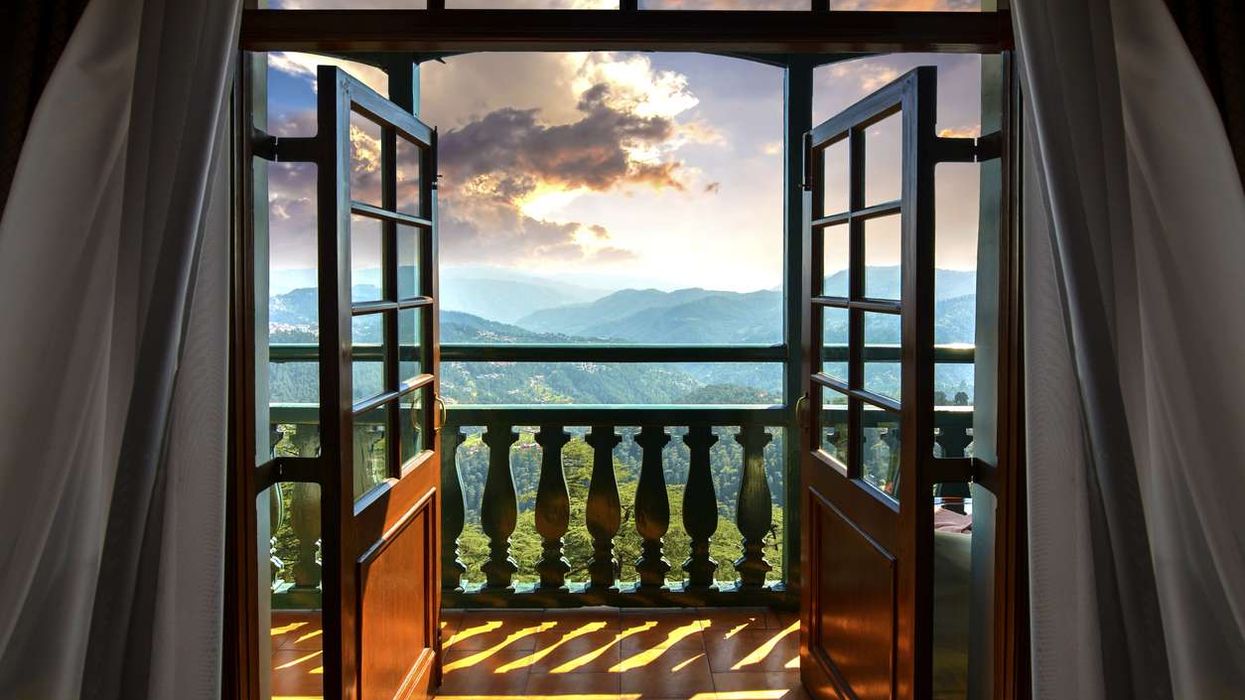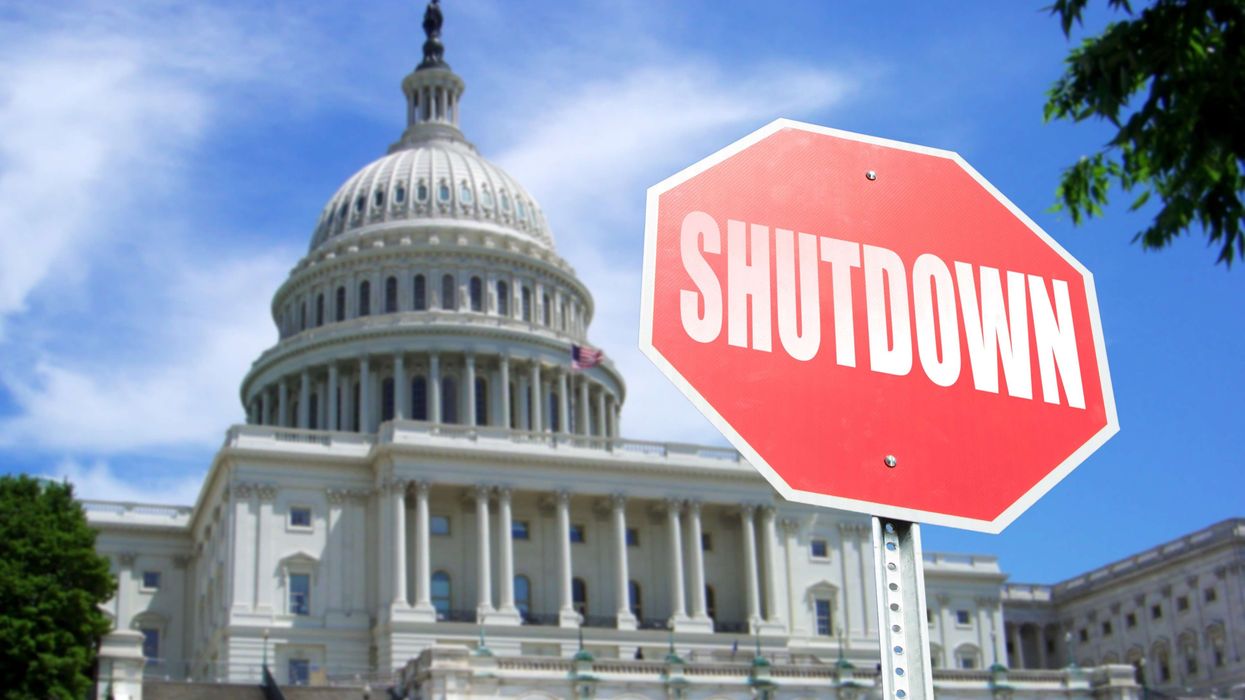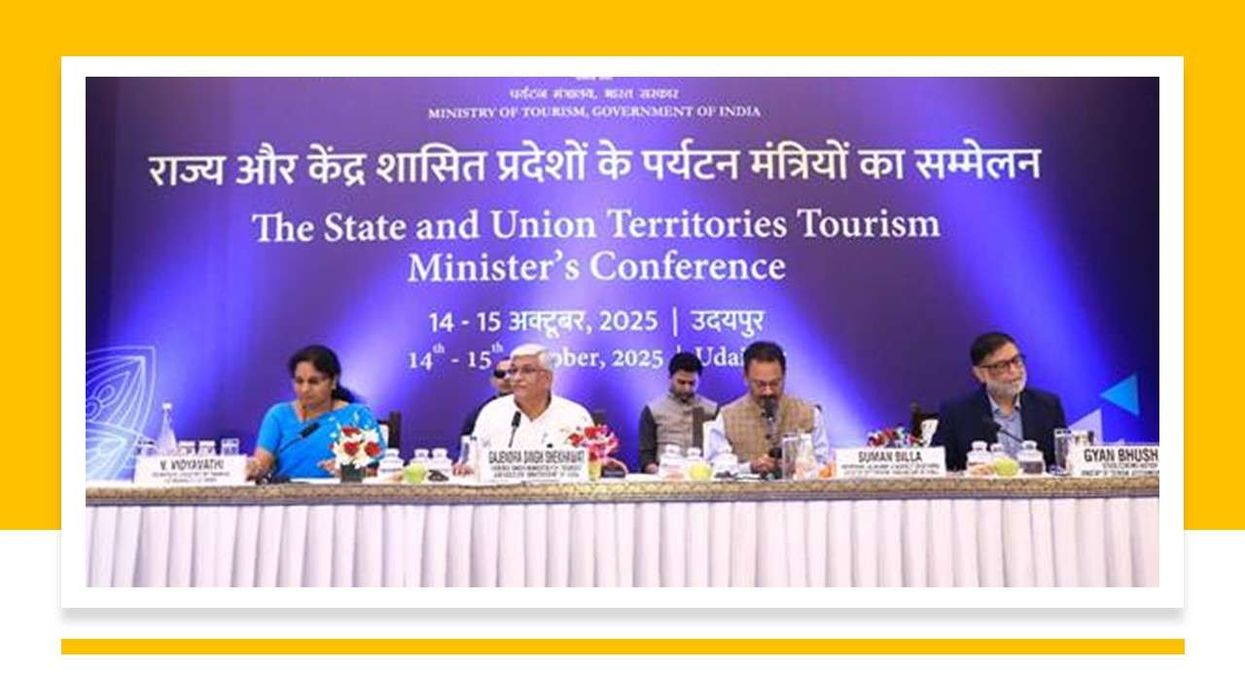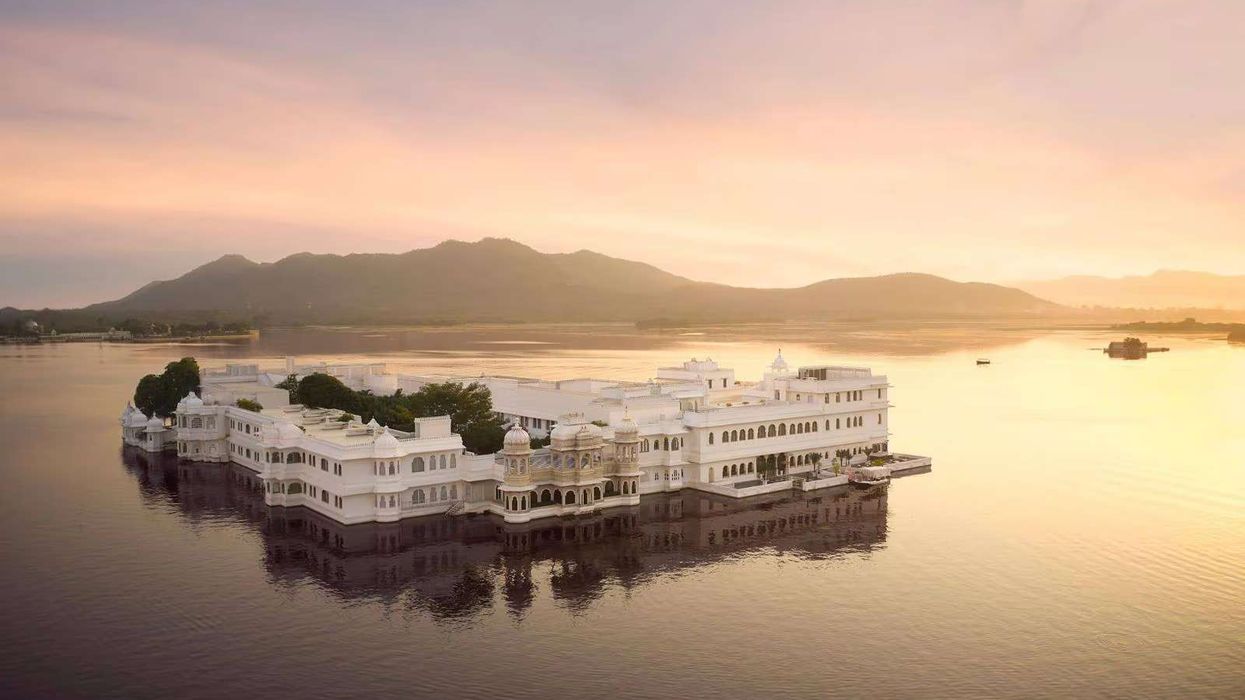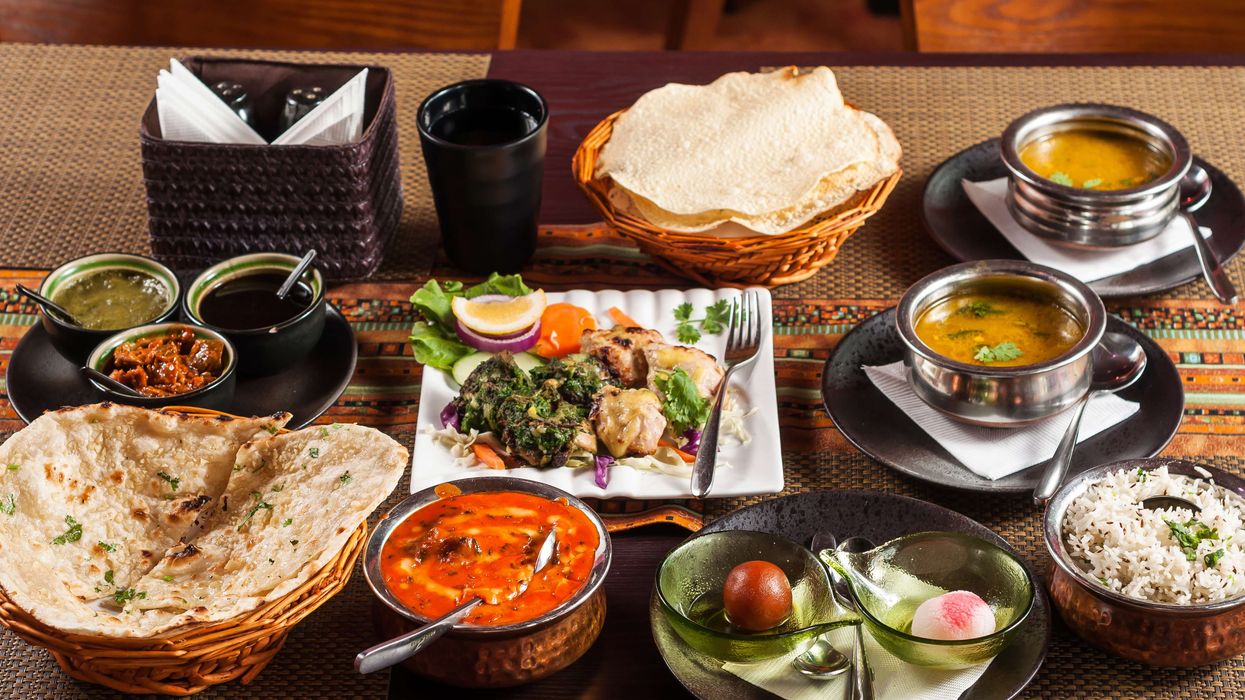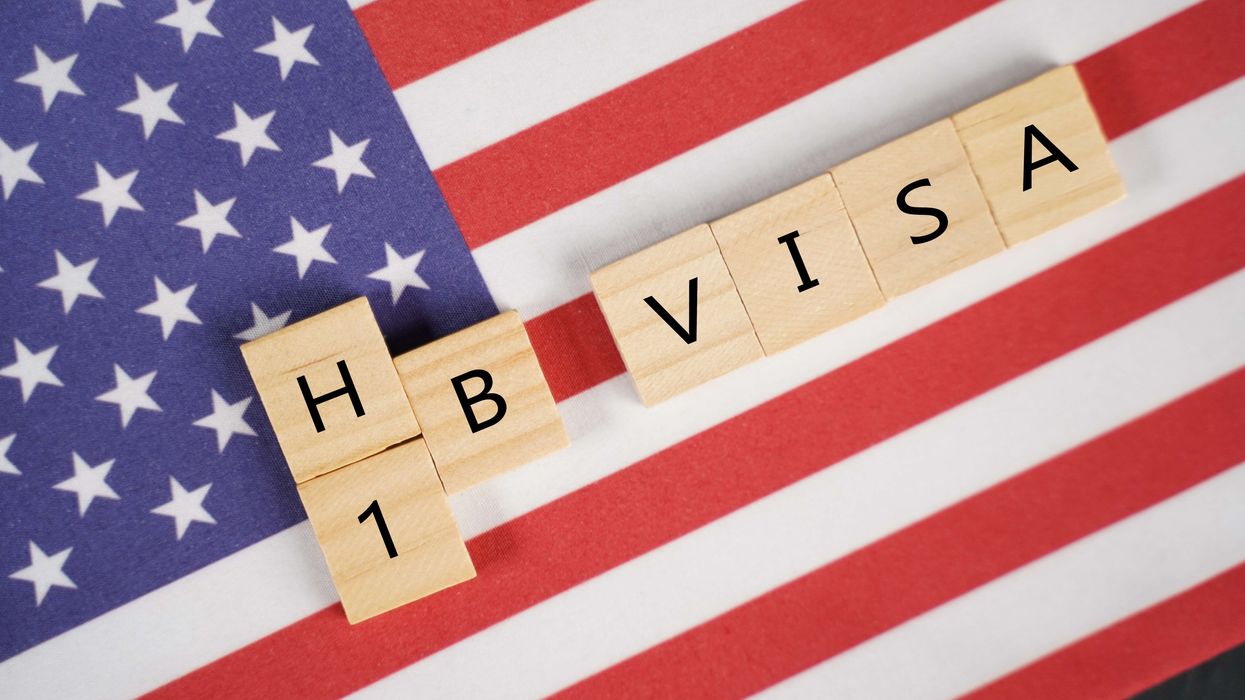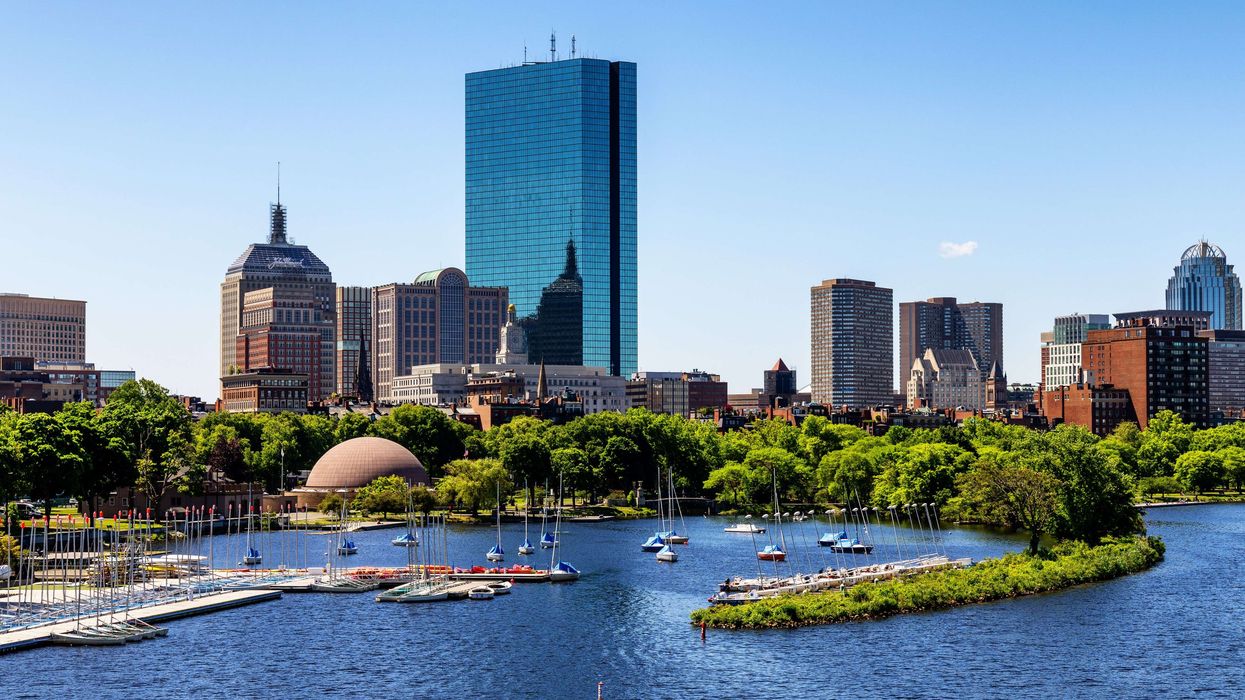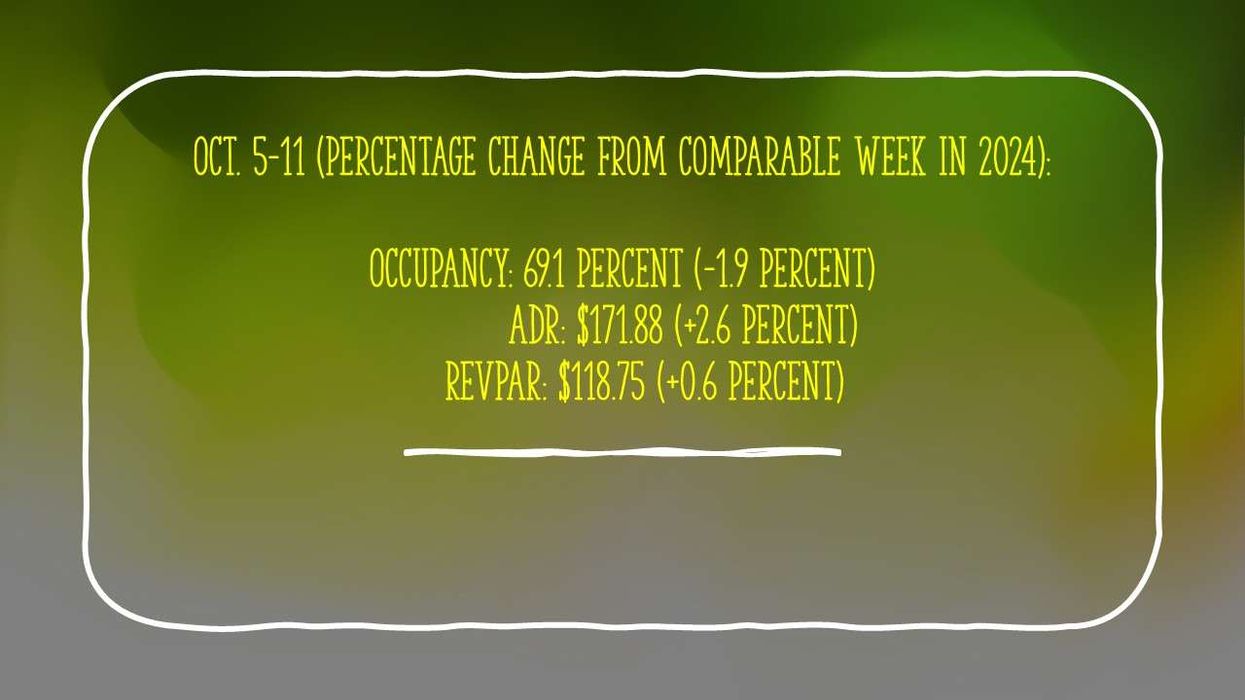Summary:
- India's branded hotels recorded 68 percent occupancy in 2024-25 fiscal, Hotelivate reported.
- Branded supply reached 196,464 rooms across 2,008 hotels in 337 locations.
- Hotel pipeline stands at 114,151 proposed rooms, most expected by 2030.
INDIA’S BRANDED HOTELS posted 68 percent occupancy, an ADR of $102, and a RevPAR of $69 in the 2024–25 financial year, according to a Hotelivate report. Combined performance across Mumbai, Delhi, Bengaluru and Hyderabad showed an 8.3 percent rise in ADR and a 12.1 percent increase in RevPAR.
Hotelivate’s “28th Indian Hospitality Trends & Opportunities Report” found that the country’s hotel industry continued to recover and expand through 2025. Nationwide occupancy rose from 67.5 percent in 2024, while ADR grew 4.7 percent and RevPAR increased 5.7 percent, reflecting rate discipline and steady demand.
Total branded supply reached 196,464 rooms across 2,008 hotels in 337 cities and 34 states and union territories. The five-year development pipeline exceeds 114,000 rooms, up 58 percent year over year, with 78 percent of projects under active development. Most new hotels are concentrated in Bengaluru, Mumbai, Jaipur and Goa.
Tier 1 cities posted the strongest performance, with 75.2 percent occupancy, an ADR of $119 and a RevPAR of $89. Tier 2 markets followed, with ADR of $84 and RevPAR of $57, while Tier 3 cities recorded ADR of $85 and RevPAR of $48. South India led in ADR growth, up 7.9 percent, while the western region, driven by events and conventions in Mumbai, saw RevPAR rise 8.2 percent.
The report noted that India’s hotel pipeline has reached a turning point, with 114,151 rooms proposed, most expected to be completed by 2030. Operational inventory also grew 9.3 percent year over year to 196,464 rooms.
Separately, a recent JM Financial study found that India’s luxury hotel sector faces strong demand, but expansion is constrained by high entry barriers, including land availability, regulations, zoning laws, capital costs and long gestation periods.
